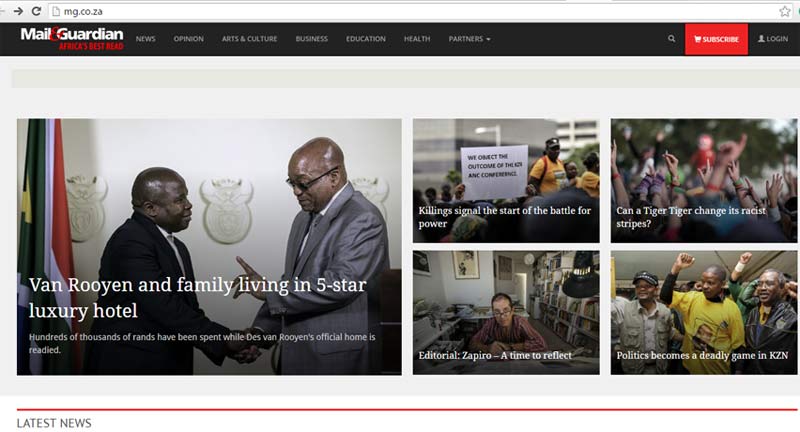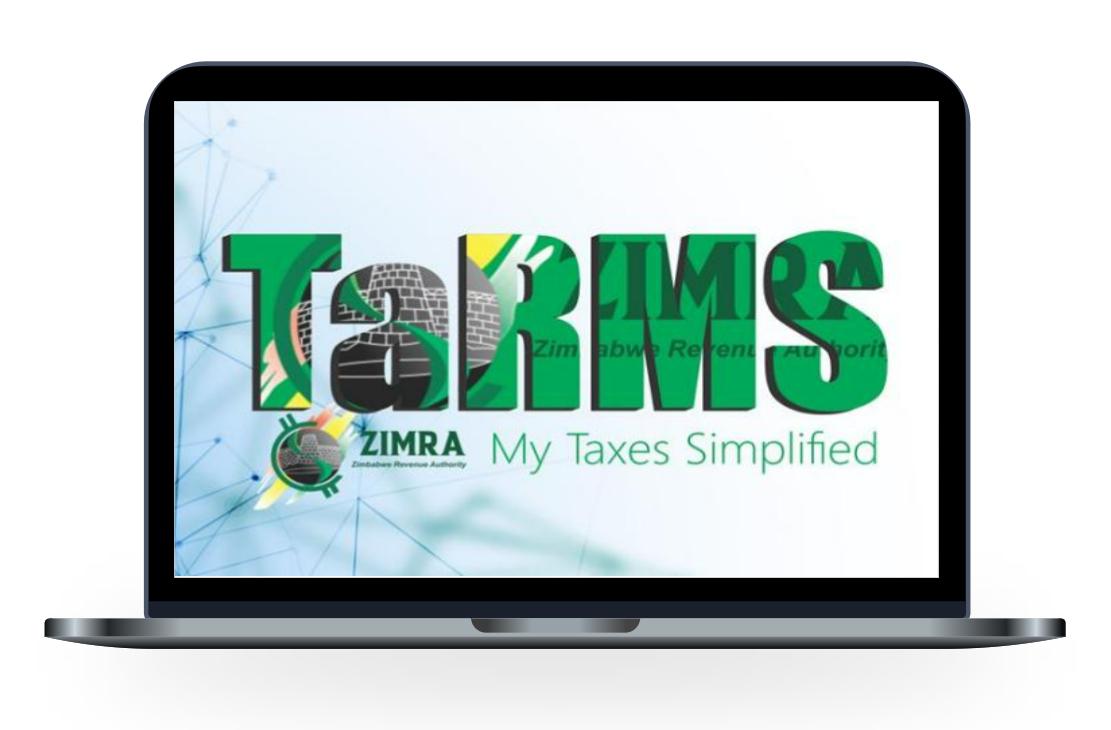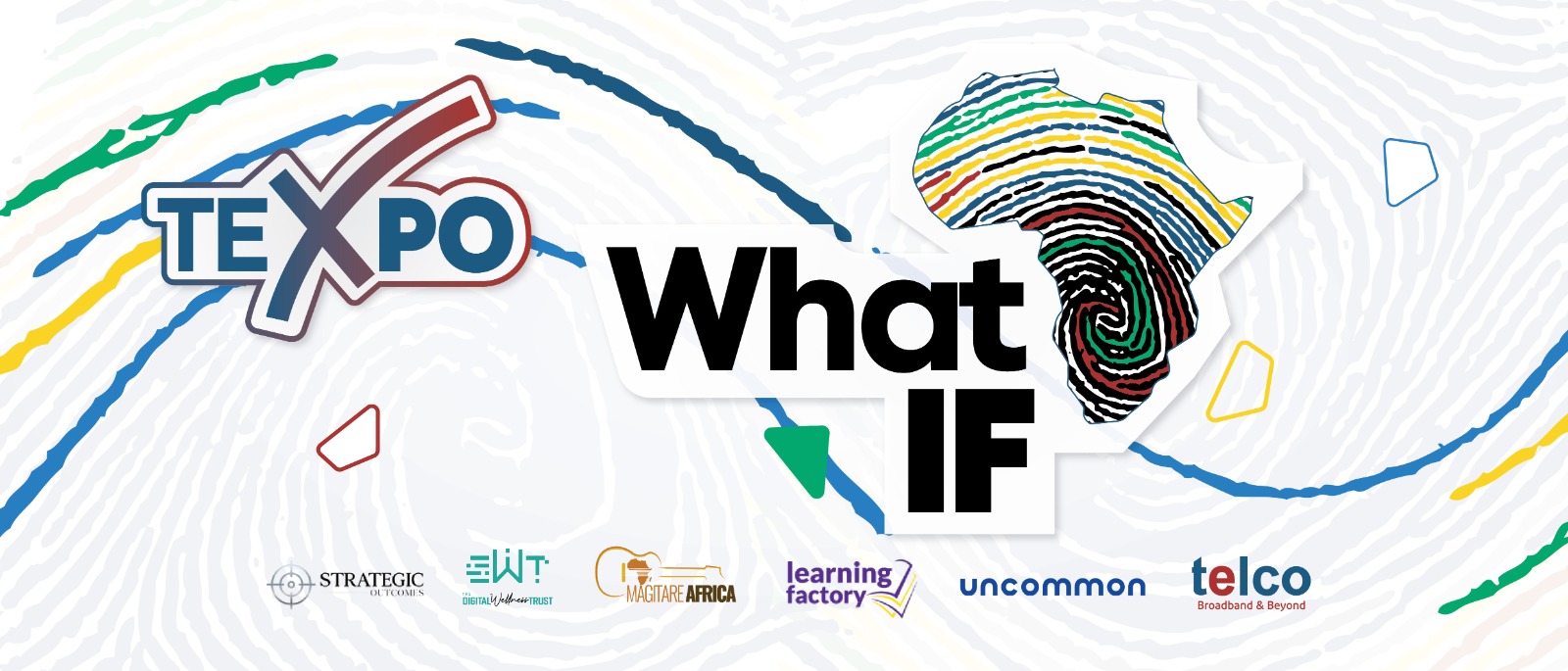South African weekly publication The Mail and Guardian (M&G) recently announced some major changes to its digital news service. Together with the launch of a redesigned website M&G has activated subscriptions for its online content.
These changes are meant to gear the media company for a future that is has a focus on digital content delivery.
As a follow-up to its fledgeling daily edition which was launched a few weeks ago, M&G will now be offering daily content and the digital edition of the weekly Mail and Guardian paper for a monthly subscription of 79.99 Rand ($5.60).
The daily content will be in the form of about 10 articles that conform to the same standards of quality and in-depth reporting that is characteristic of the weekly edition.
Not everything from The Mail and Guardian Online will be paid for, though. The publication has pledged to keep a lot of content on the website free and this commitment is visible on some of the features on the new website which include a tab for breaking news.
These short articles are the type of content that existing readers of Mail and Guardian Online have been receiving and according to the M&G, this will be maintained.
In its announcement made regarding these changes, The Mail and Guardian editor Verashni Pillay has stated that the activation of subscriptions for online news is the only way to ensure the survival of the work it is doing.
The statement captures some of the realities that online media organisations have been facing and how there is an increasing need to adapt in the face of transformations brought on by the digital age.
This adaption has involved embracing new features in revenue generation for content like Facebook’s Instant Articles – something that publications like the Newsday (which is owned by Alpha Media Holdings and controlled by M&G majority shareholder Trevor Ncube) have already activated.
Subscriptions are one way of ensuring that there is an inflow of revenue necessary to keep a publication afloat.
For publications like the M&G that have a focus on investigative and in-depth content this model also ensures some form of independence from the conflicts that arise from a model that relies on advertising revenue.
Despite the simplicity that comes with explaining the motives for this, a paywall for online news content has always faced its own challenges like the ubiquity of free content online.
Still, it is increasingly becoming one of the options that media companies with a major focus on quality journalism in the digital age are having to consider as other revenue models are facing challenges.














Comments
6 responses
Maybe TZ can introduce a paywall for the in-depth articles & let the breking news stay free
but thats also a function of the primary market u serve
trouble is, ur primary market is zimbabwe whilst for MG its more of an African publication so they can pick up reasonable monies from all over Africa
TZ will need to have seasoned writers who knows their stuff in depth to justify any charges. The news they are publishing now doesnt warrant pay subcriptions…
I think this is a result of the ever vocal adblocking camp that wants an “ad” free experience without paying anything in return.
Ad blocking ndizvo..I rather pay for quality content than to be bombarded by tonnes of invasive ads I hardly click on whilst they chew my precious mega bytes
Imagine the bills fool. You pay to Google the internet, you would pay for Google Maps, Gmail, Pay for your internet, your Movies, every newspaper that you read. If you don’t think the content is of high quality why are you visiting these sites anyway?
I have to admit some of these ads are outrageous, stupid download buttons, pop aps, overlays etecetera but blocking everything is not a solution. The solution is somewhere in the middle.
TheSun in UK started this long ago and I read an Article highlighting how they are struggling. There are so many free bloggers out there. I still think Companies should put the content free